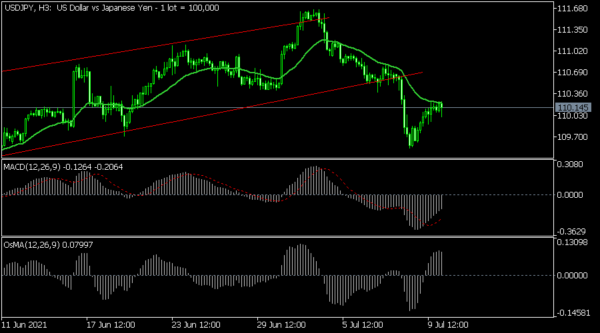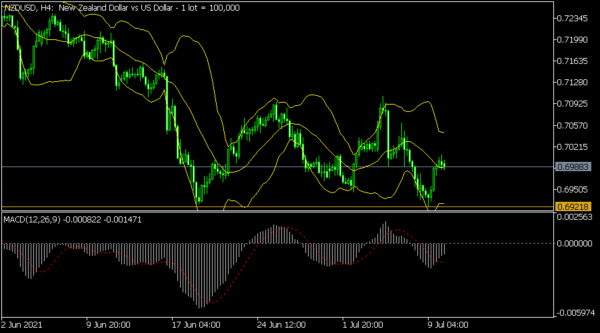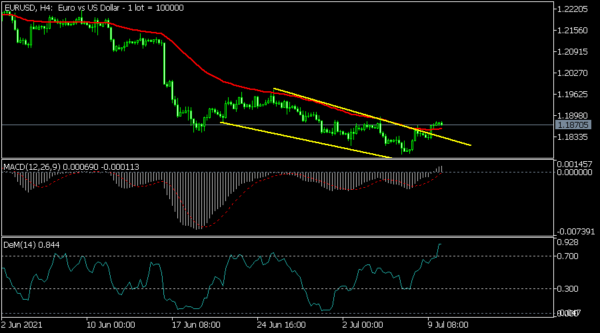The Japanese yen was little changed against the US dollar after relatively positive Japanese economic data. According to the Ministry of Finance, the country’s producer price index rose to 5.0% in June, better than the median estimate of 4.7%. It rose by 0.6% on a month-on-month basis. Further data showed that core machinery orders rose by 7.8% on a MoM basis and by 12.2% on a YoY basis. These numbers provide some evidence that the Japanese economy is doing relatively well as local and international demand rises.
US futures declined today as traders started looking ahead to the upcoming earning season. Dow Jones, S&P 500, and Nasdaq 1000 futures dropped by less than 0.10%. The earning season will start this week as big banks like JP Morgan, Wells Fargo, and Bank of America release their results. Other top companies that will publish their results are Delta, Blackrock, and UnitedHealth Group. Analysts will be focusing on growth at a time when valuations are stretched. The S&P 500 has even recorded 38 record closes this year. According to FactSet, analysts expect that S&P 500 companies revenue rose by 64% in Q2 from a year earlier.
The New Zealand dollar declined slightly after the latest electronic sales from the country. According to the statistics agency, retail sales declined from 1.7% in May to 0.9% in June. This decline led to a year-on-year increase of 4.0%. This decline is part of the normalisation as the country stages a relatively stronger recovery. Further data showed that business confidence rose sharply, leading more analysts to forecast a hawkish Reserve Bank of New Zealand. Many companies said that they expect business conditions to improve as the local and international market reopens.
NZDUSD
The NZDUSD pair declined to 0.6988 after the latest New Zealand electronic sales data. On the four-hour chart, the pair has moved to the middle line of the Bollinger Bands. It is also slightly above the neckline of the double-top pattern at 0.6945. It also formed a double-bottom pattern at 0.6921. Therefore, the pair will likely remain within this range today with the key support and resistance levels being at 0.6950 and 0.7050.
EURUSD
The EURUSD pair rose to 1.1870 in the Asian session. On the four-hour chart, the pair moved above the upper side of the descending channel. It also rose above the 25-day exponential moving average while the DeMarker has moved to the overbought level. The signal and histogram of the MACD have risen above the neutral level. The pair will likely resume the downward trend as bears attempt to move back to the descending channel.
USDJPY
The USDJPY pair was little changed after the latest Japanese machinery and PPI data. It moved to 110.10, which was above last week’s low at 109.50. On the four-hour chart, the pair is slightly below the 25-day moving average while the moving average of oscillator has moved above the neutral level. The MACD has also made a bullish divergence pattern. Still, the pair may resume the downward trend as bears attempt to test last week’s low at 109.50.















